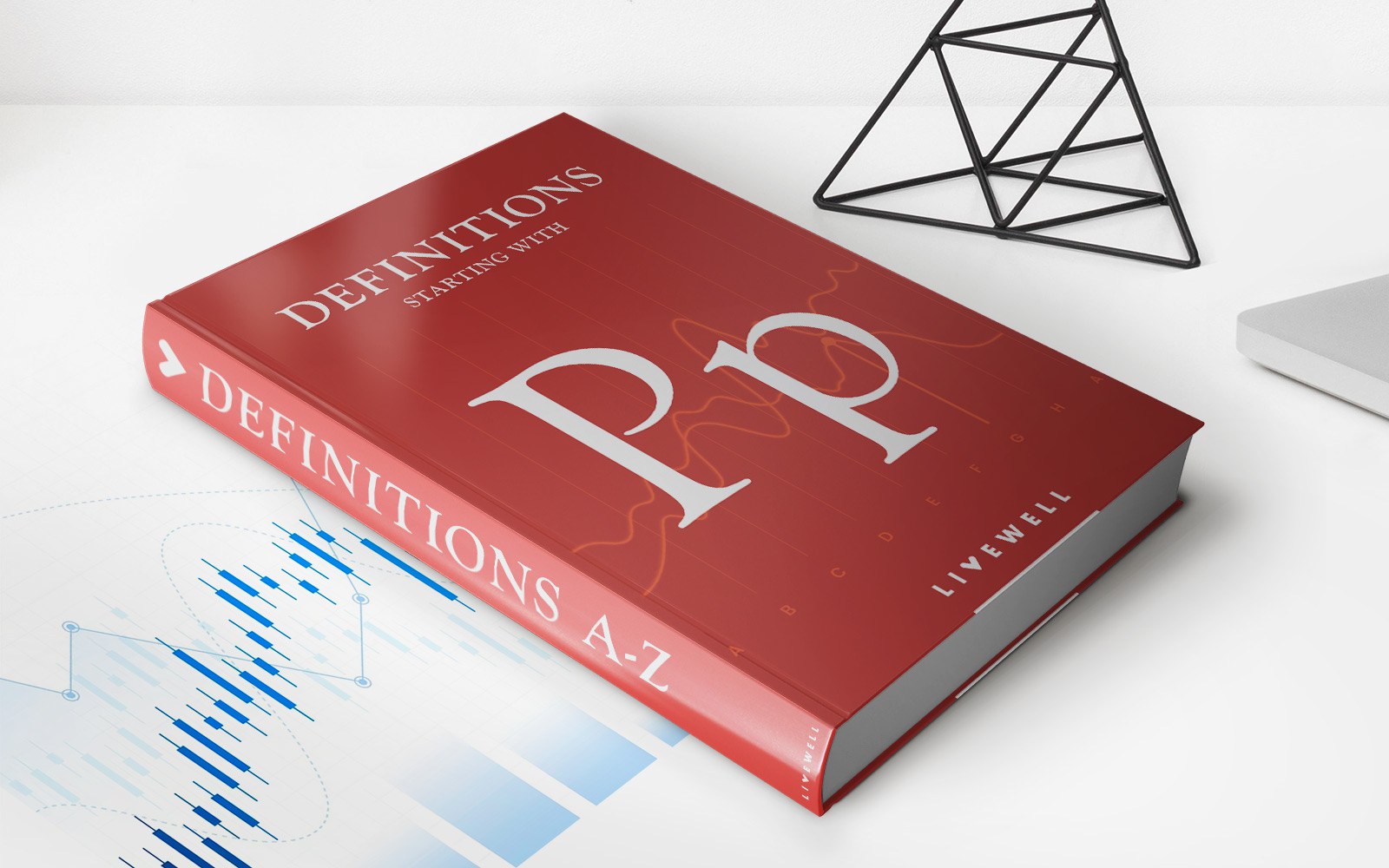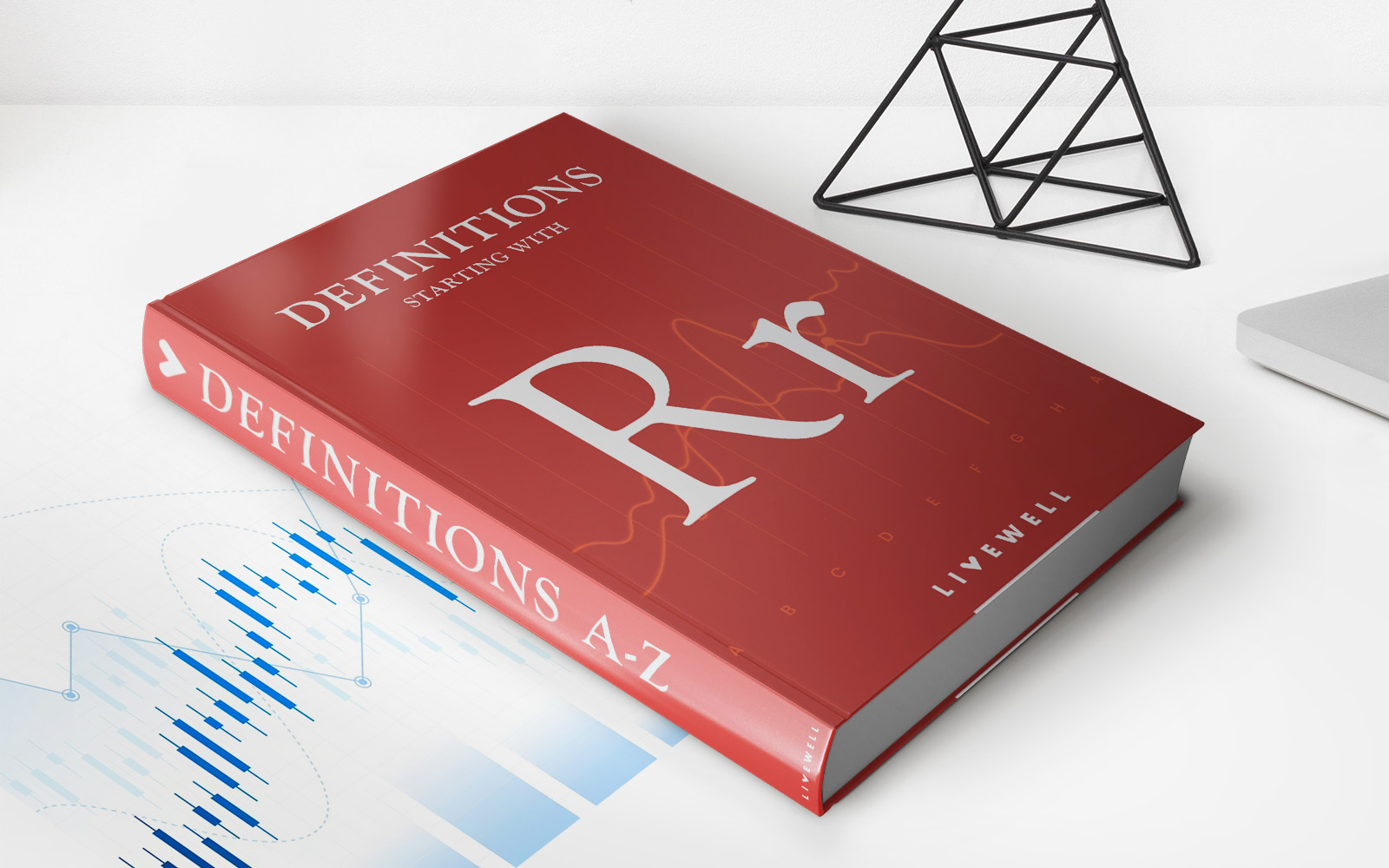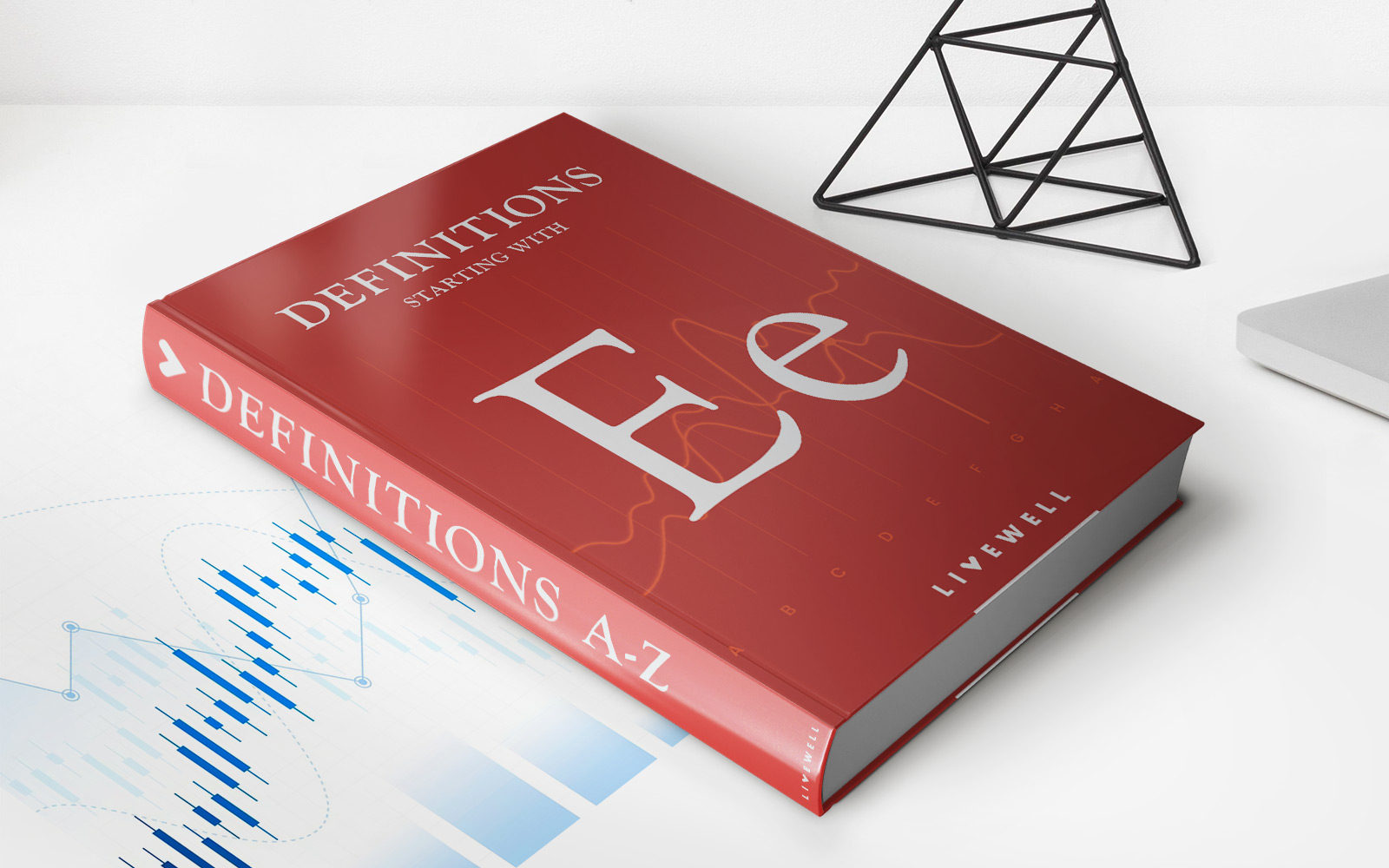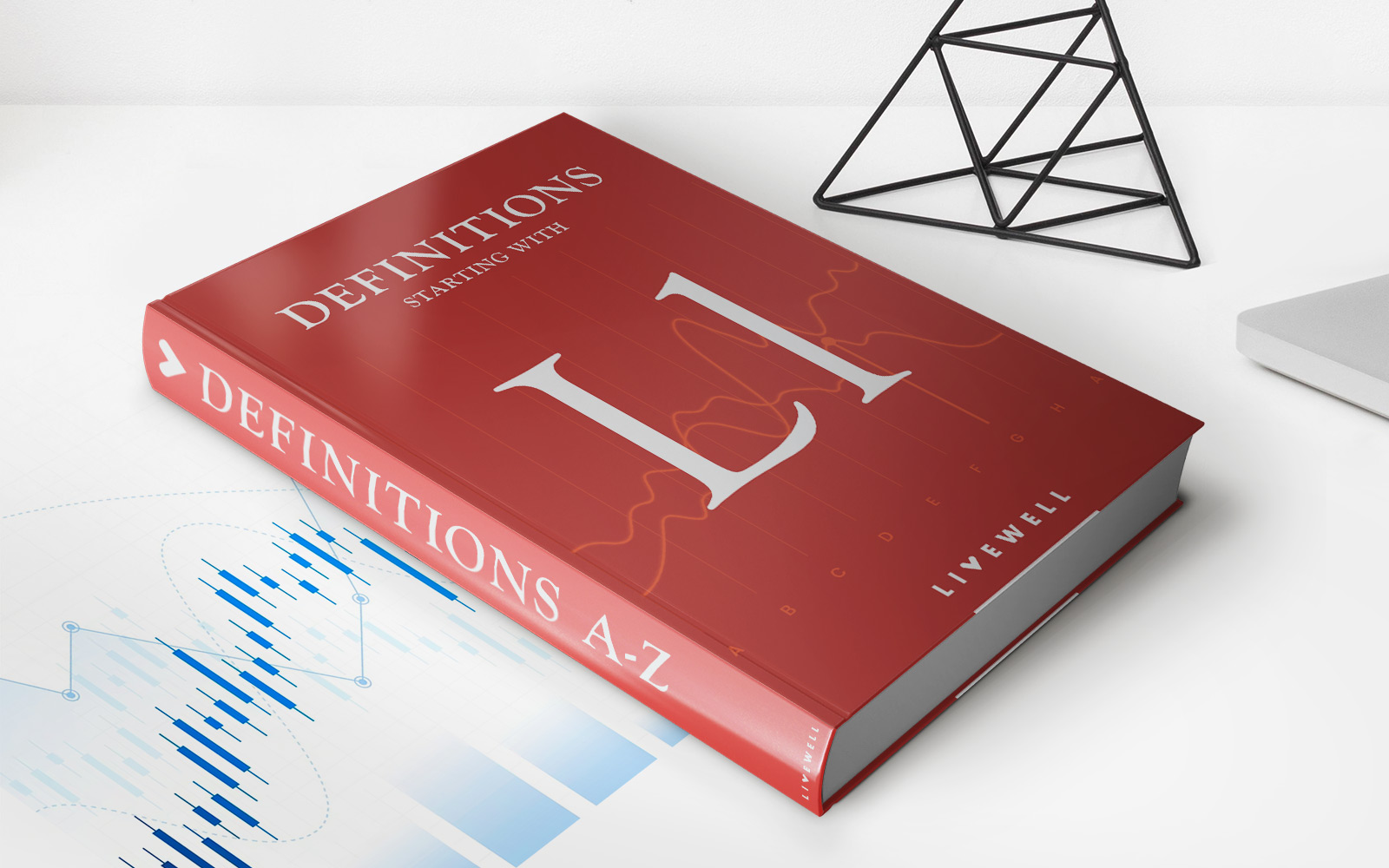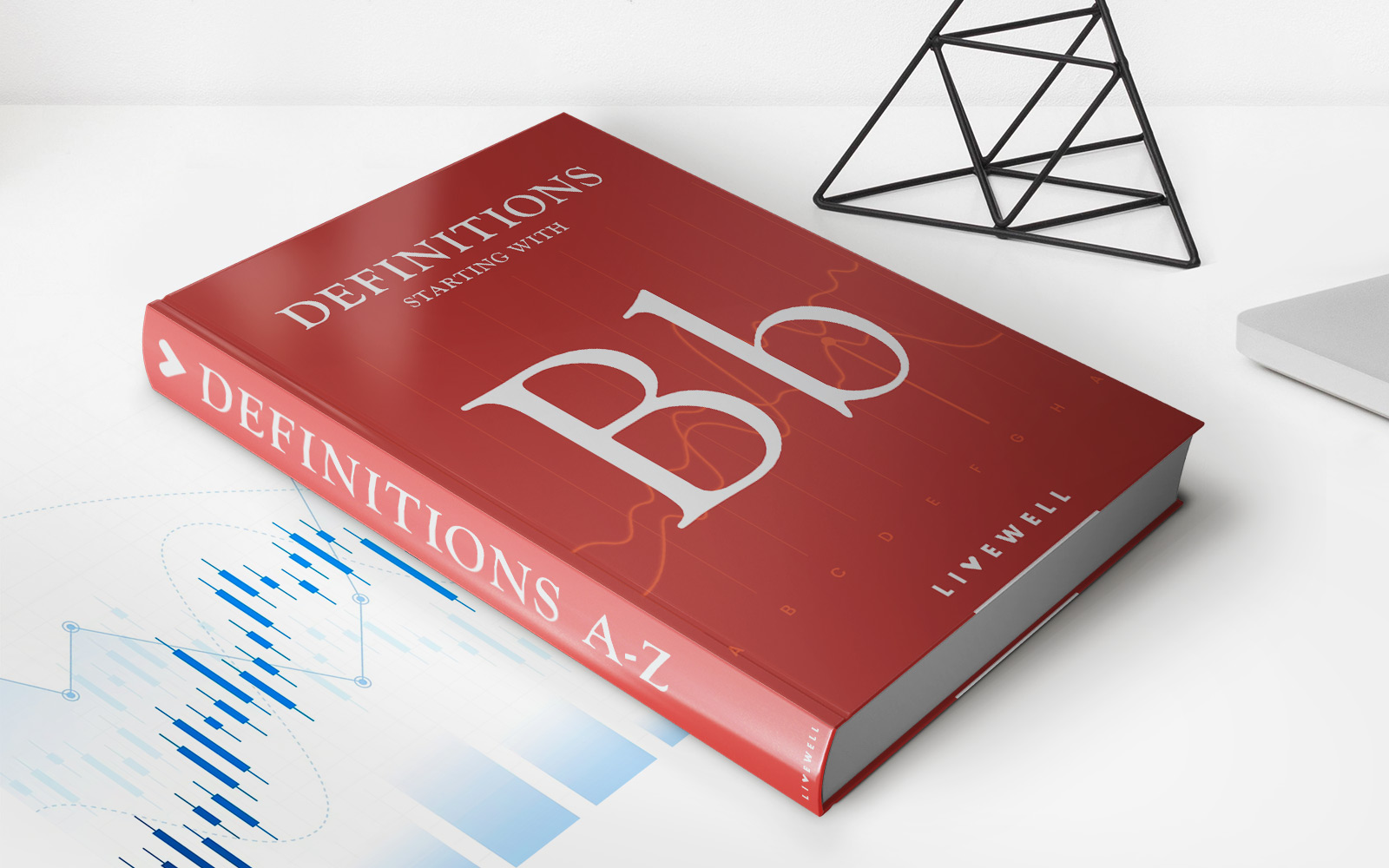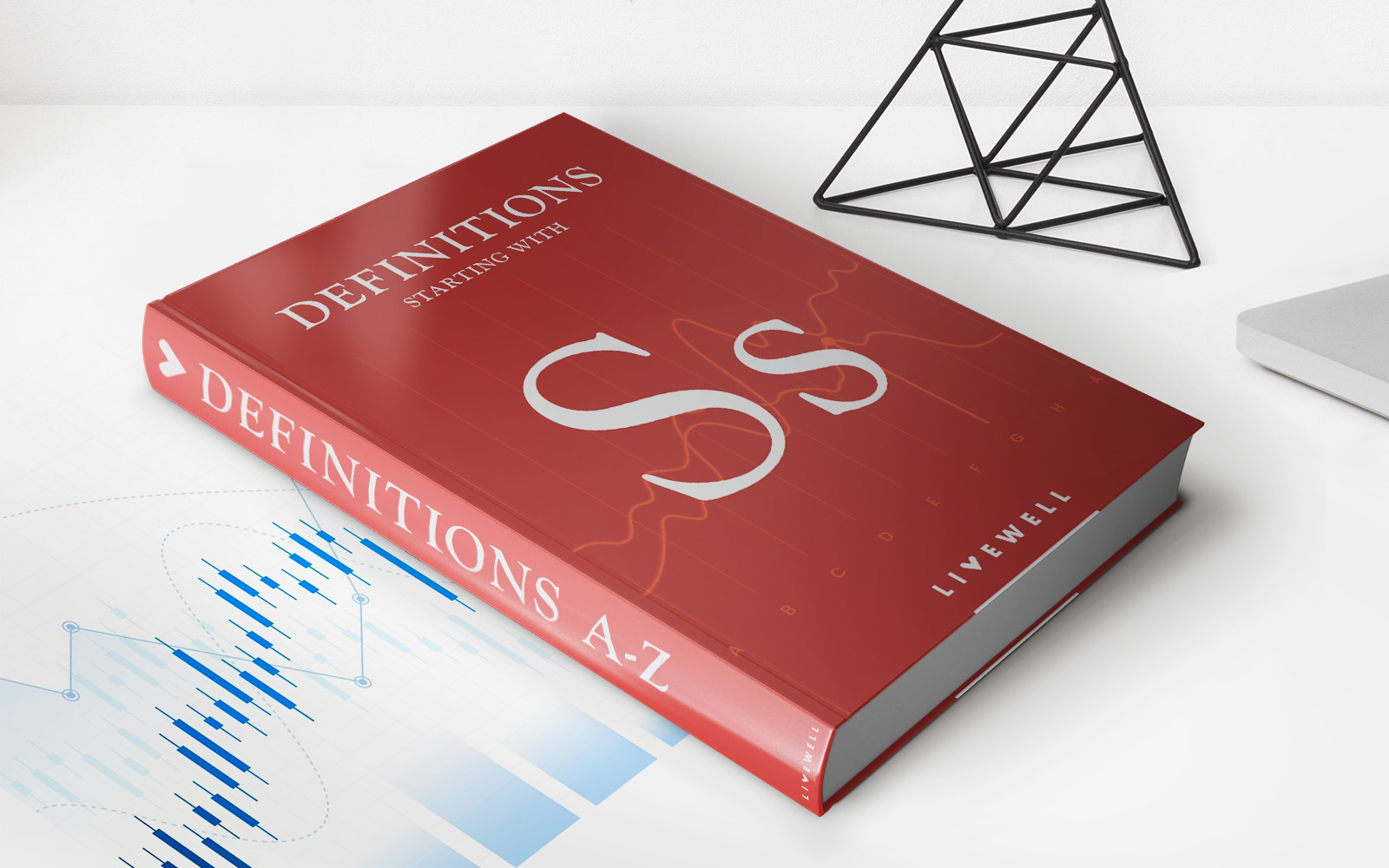

Finance
What Is Leasehold Improvements In Accounting
Modified: February 21, 2024
Learn the accounting treatment for leasehold improvements in finance. Understand the impact of leasehold improvements on financial statements and depreciation.
(Many of the links in this article redirect to a specific reviewed product. Your purchase of these products through affiliate links helps to generate commission for LiveWell, at no extra cost. Learn more)
Table of Contents
Introduction
Leasehold improvements play a vital role in accounting, particularly in the field of finance. They are important assets for businesses that lease space, allowing them to customize and enhance the leased property to meet their specific needs. Leasehold improvements refer to the alterations, enhancements, or renovations made to a leased property by the lessee.
Leasehold improvements can include a wide range of changes, such as installing new walls, flooring, or lighting, as well as adding fixtures, cabinets, or specialized equipment. These improvements are undertaken to make the leased space more functional, efficient, or visually appealing.
In accounting, leasehold improvements are recognized as fixed assets and are subject to specific classification and accounting treatment. The Financial Accounting Standards Board (FASB) provides guidance on the accounting treatment of leasehold improvements in the Generally Accepted Accounting Principles (GAAP).
Proper classification and recognition of leasehold improvements are crucial for accurate financial reporting and determining the overall financial health of a business. The recognition and measurement of leasehold improvements differ depending on whether they are accounted for as capital leases or operating leases.
In this article, we will explore the definition of leasehold improvements and delve into their classification, recognition, measurement, depreciation, impairment, disposal, and disclosure requirements in the field of accounting. Understanding these aspects is essential for professionals in the finance industry and businesses that utilize leasehold improvements as part of their operational strategy.
Definition of Leasehold Improvements
Leasehold improvements, also known as tenant improvements or leasehold betterments, refer to the alterations, changes, or enhancements made to a leased property by the lessee. These improvements are intended to customize or adapt the space to better suit the lessee’s specific needs and requirements.
Leasehold improvements can encompass a wide range of modifications, including but not limited to:
- Installing partitions or walls
- Adding or upgrading flooring
- Upgrading lighting fixtures
- Integrating specialized electrical or plumbing systems
- Adding cabinetry or fixtures
- Applying paint or wallpaper
- Enhancing the overall aesthetics of the space
These improvements are typically undertaken to enhance the functionality, efficiency, or appearance of the leased property, thereby increasing its value and usability for the lessee. Leasehold improvements are unique to each tenant and are specific to their individual requirements.
It is important to note that leasehold improvements are distinct from regular repairs and maintenance. While repairs and maintenance activities are conducted to restore the property to its original condition, leasehold improvements go beyond that by fundamentally modifying or upgrading the property to better suit the tenant’s business operations.
The responsibility for leasehold improvements can vary depending on the terms of the lease agreement. In some cases, the landlord may provide a specific allowance or contribute financially towards the cost of leasehold improvements. In other cases, the lessee may bear the entire burden of funding and implementing the improvements.
Leasehold improvements are usually temporary in nature and considered assets of the lessee. However, because they are attached to or integrated into the leased property, they often become the property of the landlord at the end of the lease term. This transfer of ownership is subject to the terms and conditions outlined in the lease agreement.
In summary, leasehold improvements are the customized alterations made by a lessee to a leased property, aimed at improving its functionality, efficiency, or aesthetics. They are unique to each tenant and can range from simple enhancements to more complex modifications, depending on the needs of the business.
Classification and Recognition in Accounting
In accounting, leasehold improvements are classified as fixed assets and are subject to specific recognition and treatment. The classification and recognition of leasehold improvements depend on whether they are accounted for as capital leases or operating leases.
1. Capital Leases:
If a lease agreement meets certain criteria outlined in accounting standards, it is considered a capital lease. Capital leases are treated as long-term financing arrangements, and the lessee assumes the benefits and risks associated with ownership.
Under a capital lease, the lessee is required to recognize both the lease liability and the corresponding leasehold improvement asset on their balance sheet. The leasehold improvements are amortized over the shorter of the lease term or the useful life of the improvements, using either the straight-line method or another appropriate systematic basis.
2. Operating Leases:
If a lease does not meet the criteria for a capital lease, it is classified as an operating lease. Operating leases are short-term arrangements where the lessee does not assume the risks and benefits of ownership.
For leasehold improvements related to operating leases, the lessee generally does not recognize the improvements as assets on their balance sheet. Instead, the lessee recognizes leasehold improvement expenses over the term of the lease as part of their operating expenses.
It is important to consider the specific lease terms and conditions to determine the appropriate classification and recognition of leasehold improvements. Companies must adhere to the relevant accounting standards, such as the Generally Accepted Accounting Principles (GAAP), when accounting for leasehold improvements.
Furthermore, it is crucial to accurately assess whether a lease should be classified as a capital lease or operating lease, as it can impact financial ratios and the overall financial position of the company. Accurate classification and recognition of leasehold improvements ensure proper financial reporting and compliance with accounting standards.
In the next sections, we will explore the initial recognition, measurement, depreciation, impairment, disposal, and disclosure requirements for leasehold improvements in accounting, providing a comprehensive understanding of their treatment in financial statements.
Initial Recognition
The initial recognition of leasehold improvements in accounting occurs when the lessee incurs costs related to the construction, installation, or enhancement of the leased property. The recognition includes both the direct costs of the improvements and other related expenses, such as professional fees or permits.
For leasehold improvements associated with capital leases, the lessee recognizes an asset and a corresponding lease liability on the balance sheet. The asset is recorded at its cost, which includes all directly attributable costs necessary to bring the improvements to their intended use.
It is important to note that not all costs incurred by lessees related to leasehold improvements are directly attributable to the asset. For example, costs associated with the initial negotiation of the lease or the relocation of existing equipment are not considered part of the cost of the leasehold improvements and are recognized separately.
When determining the cost of leasehold improvements, the lessee includes expenditures for materials, labor, design, engineering, and any other costs directly related to the construction or installation process. The costs that do not significantly enhance or extend the useful life or functionality of the leased property are generally expensed as incurred.
For leasehold improvements associated with operating leases, the lessee does not typically recognize an asset on the balance sheet. Instead, the costs of leasehold improvements are expensed when incurred as part of the lessee’s operating expenses.
It is important for companies to carefully track and document the costs associated with leasehold improvements for proper recognition and financial reporting. Additionally, companies should consult accounting standards, such as the Generally Accepted Accounting Principles (GAAP), and consider any specific industry guidelines or regulations that apply to their business.
In the next section, we will delve into the measurement of leasehold improvements, which determines how the value of these assets is presented on the balance sheet and how depreciation is calculated.
Measurement of Leasehold Improvements
The measurement of leasehold improvements in accounting involves determining the value of these assets for proper presentation on the balance sheet. The measurement also plays a crucial role in calculating depreciation expenses over the useful life of the improvements.
For leasehold improvements associated with capital leases, the initial measurement of the asset is based on its cost, which includes direct costs incurred to bring the improvements to their intended use. This would include expenditures for materials, labor, design, and other directly attributable costs.
It is important to note that any costs incurred by the lessee before the lease agreement, such as design or consultation expenses, are not included in the measurement of leasehold improvements. Additionally, any subsequent costs incurred to improve or extend the leasehold improvements after their initial recognition are accounted for separately.
For leasehold improvements associated with operating leases, the lessee does not typically recognize an asset on the balance sheet. Therefore, there is no specific measurement of leasehold improvements as a separate asset. Rather, the costs of leasehold improvements are expensed when incurred as part of the lessee’s operating expenses.
Once leasehold improvements are initially recognized and measured, their subsequent measurement and reporting depend on whether they are subject to depreciation or impairment.
In the following sections, we will explore in detail the depreciation of leasehold improvements and the accounting treatment for impairment of these assets.
Depreciation of Leasehold Improvements
Depreciation is the systematic allocation of the cost of an asset over its useful life. For leasehold improvements associated with capital leases, depreciation is applied to the asset value and recorded as an expense in the income statement over the shorter of the lease term or the useful life of the improvements.
The useful life of leasehold improvements is determined based on factors such as the nature of the improvements, technological advancements, expected usage, and any specific legal or contractual restrictions. Companies should review their lease agreements and consider any industry-specific guidelines or regulations to determine the appropriate useful life of the leasehold improvements.
The most commonly used method for depreciating leasehold improvements is the straight-line method. Under this method, the cost of the improvements is divided equally over the estimated useful life. For example, if the leasehold improvements have a total cost of $50,000 and a useful life of 10 years, the annual depreciation expense would be $5,000 ($50,000/10).
Alternatively, companies may use other appropriate systematic methods to allocate the cost of leasehold improvements over their useful life. These methods could include accelerated depreciation methods, such as the declining balance method or the sum-of-the-years’ digits method, depending on the nature of the improvements and industry practices.
It is important to regularly review and reassess the useful life of leasehold improvements as circumstances may change over time. If it is determined that the estimated useful life is no longer appropriate, companies are required to revise the depreciation expense going forward based on the revised useful life.
For leasehold improvements associated with operating leases, depreciation is not applicable as these improvements are generally not recognized as assets on the balance sheet. Instead, the costs of leasehold improvements are expensed as incurred.
Properly depreciating leasehold improvements ensures an accurate reflection of their consumption and value over time. It also facilitates the matching principle in accounting, where expenses are recognized in the same period as the revenue generated by the associated asset.
In the next section, we will discuss the accounting treatment for impairment of leasehold improvements, which involves assessing their recoverability and potential write-downs.
Impairment of Leasehold Improvements
Impairment refers to a significant decrease in the value of an asset. In accounting, leasehold improvements may be subject to impairment if their carrying value exceeds their recoverable amount. The recoverable amount is the higher of an asset’s fair value less costs to sell or its value in use.
Impairment of leasehold improvements is assessed on a regular basis, typically on an annual basis, or whenever there is an indication that the asset may be impaired. Indicators of impairment can include changes in market conditions, technological advancements, changes in business operations, or the expiration of major leases.
When an impairment is identified, the carrying value of the leasehold improvements is compared to the recoverable amount. If the carrying value is higher than the recoverable amount, the asset is considered impaired, and a write-down is necessary to reflect its reduced value.
The write-down is recognized as an impairment loss in the income statement, reducing the carrying value of the leasehold improvements and adjusting the balance sheet accordingly. The impairment loss is calculated as the excess of the carrying value over the recoverable amount.
It is important to note that impairment losses for leasehold improvements associated with capital leases are treated in the same manner as the leasehold improvement assets themselves. On the other hand, impairment losses for leasehold improvements associated with operating leases are recognized as an expense in the period incurred.
Companies should carefully assess and document the indicators of impairment and follow the proper procedures outlined in accounting standards, such as the Generally Accepted Accounting Principles (GAAP), to ensure accurate and transparent reporting of impairment losses.
Regularly reviewing and assessing the recoverability of leasehold improvements allows companies to adjust the carrying value of these assets to their fair value and reflect their true economic worth. Impairment assessments help maintain the relevance and reliability of financial statements, providing stakeholders with meaningful information about the financial health of the business.
In the next section, we will explore the accounting treatment for the disposal of leasehold improvements, including the derecognition of these assets and any associated gains or losses.
Disposal of Leasehold Improvements
The disposal of leasehold improvements occurs when the lessee either no longer has the right to use the improvements or decides to remove them from the leased property. Disposals can happen upon the termination or expiration of a lease, or when changes in business operations require the removal of the improvements.
When leasehold improvements associated with capital leases are disposed of, the lessee removes the asset and associated accumulated depreciation from the balance sheet. Any difference between the carrying value of the improvements and the proceeds obtained from their disposal results in a gain or loss on the income statement.
If the proceeds from the disposal exceed the carrying value of the improvements, a gain on disposal is recognized. Conversely, if the proceeds are less than the carrying value, a loss on disposal is recognized. The gain or loss is calculated as the difference between the proceeds and the carrying value of the leasehold improvements.
The gain or loss on disposal is reported as a separate line item in the income statement. If the leasehold improvements are associated with operating leases, any costs incurred for their removal or restoration are recognized as expenses in the period incurred.
It is important for companies to carefully document the details of the disposal, including the method used to determine the gain or loss, and ensure accurate reporting of the transaction in the financial statements.
Properly accounting for the disposal of leasehold improvements ensures that their value is appropriately recognized and reflects the financial impact of their removal from the leased property. This provides stakeholders with a transparent view of the company’s financial performance and helps in making informed decisions.
In the following section, we will discuss the disclosure requirements for leasehold improvements, which involve providing relevant information in the financial statements to enhance transparency and provide a comprehensive understanding of these assets.
Disclosure Requirements
Disclosure requirements for leasehold improvements aim to provide transparency and relevant information to users of financial statements. Companies need to comply with these requirements to ensure accurate and comprehensive reporting of leasehold improvements in their financial statements.
Some key disclosure requirements related to leasehold improvements include:
- Separate Presentation: Leasehold improvements associated with capital leases should be presented as separate line items on the balance sheet, distinguishing them from other types of assets and liabilities.
- Reconciliation: Companies may need to provide a reconciliation between the carrying amount of leasehold improvements at the beginning and end of the reporting period, showing additions, disposals, impairments, and depreciation.
. - Depreciation Expense: The total depreciation expense for leasehold improvements should be disclosed in the income statement or in the notes to the financial statements.
- Impairment: If an impairment loss is recognized for leasehold improvements, companies need to disclose the amount, the events or circumstances leading to the impairment, and the accounting policies employed to determine the recoverable amount.
- Lease Terms: Companies should disclose the nature and length of the lease, including any renewal or termination options, as leasehold improvements are closely tied to lease agreements.
- Useful Life: The estimated useful life of leasehold improvements should be disclosed, along with any significant factors influencing the determination of the useful life.
- Relevant Accounting Policies: Companies should disclose their accounting policies related to the recognition, measurement, and depreciation of leasehold improvements, providing transparency on how these assets are accounted for.
It is important for companies to analyze their specific disclosure requirements based on the applicable accounting standards, such as the Generally Accepted Accounting Principles (GAAP), and industry-specific regulations. By doing so, companies can ensure compliance with reporting guidelines and provide users of financial statements with the necessary information to understand the value, depreciation, impairment, and disposal of leasehold improvements.
In summary, disclosure requirements play a critical role in financial reporting by providing stakeholders with transparent and relevant information about leasehold improvements. By following these requirements, companies can enhance the transparency and usefulness of their financial statements.
In the next section, we will conclude the article by summarizing the key points discussed regarding leasehold improvements in accounting.
Conclusion
Leasehold improvements are an integral part of accounting in the context of finance. These enhancements and alterations made to a leased property allow businesses to customize the space to their specific needs and requirements. Understanding the classification, recognition, measurement, depreciation, impairment, disposal, and disclosure requirements of leasehold improvements is crucial for accurate financial reporting and decision-making.
In accounting, leasehold improvements are classified as fixed assets and are subject to specific treatment based on whether they are associated with capital leases or operating leases. The initial recognition of leasehold improvements involves recording the asset and the corresponding lease liability on the balance sheet.
Measurement of leasehold improvements depends on whether they are associated with capital leases or operating leases. For capital leases, the initial measurement is based on the cost of the improvements. Depreciation is applied to the asset value over its useful life. For operating leases, leasehold improvements are generally expensed as incurred.
Impairment and disposal of leasehold improvements require careful assessment and proper accounting treatment. Impairment occurs when the carrying value of the improvements exceeds their recoverable amount. Disposal involves removing the asset from the balance sheet and recognizing any gains or losses on the income statement.
Proper disclosure of leasehold improvements ensures transparency and provides relevant information to the users of financial statements. Compliance with disclosure requirements allows stakeholders to understand the value, depreciation, impairment, and disposal of leasehold improvements.
In conclusion, leasehold improvements are an important aspect of accounting in the finance industry. Understanding their treatment and complying with accounting standards is essential for accurate financial reporting and decision-making. Companies should carefully assess the classification, recognition, measurement, depreciation, impairment, disposal, and disclosure requirements to ensure transparent and comprehensive reporting of leasehold improvements in their financial statements.





